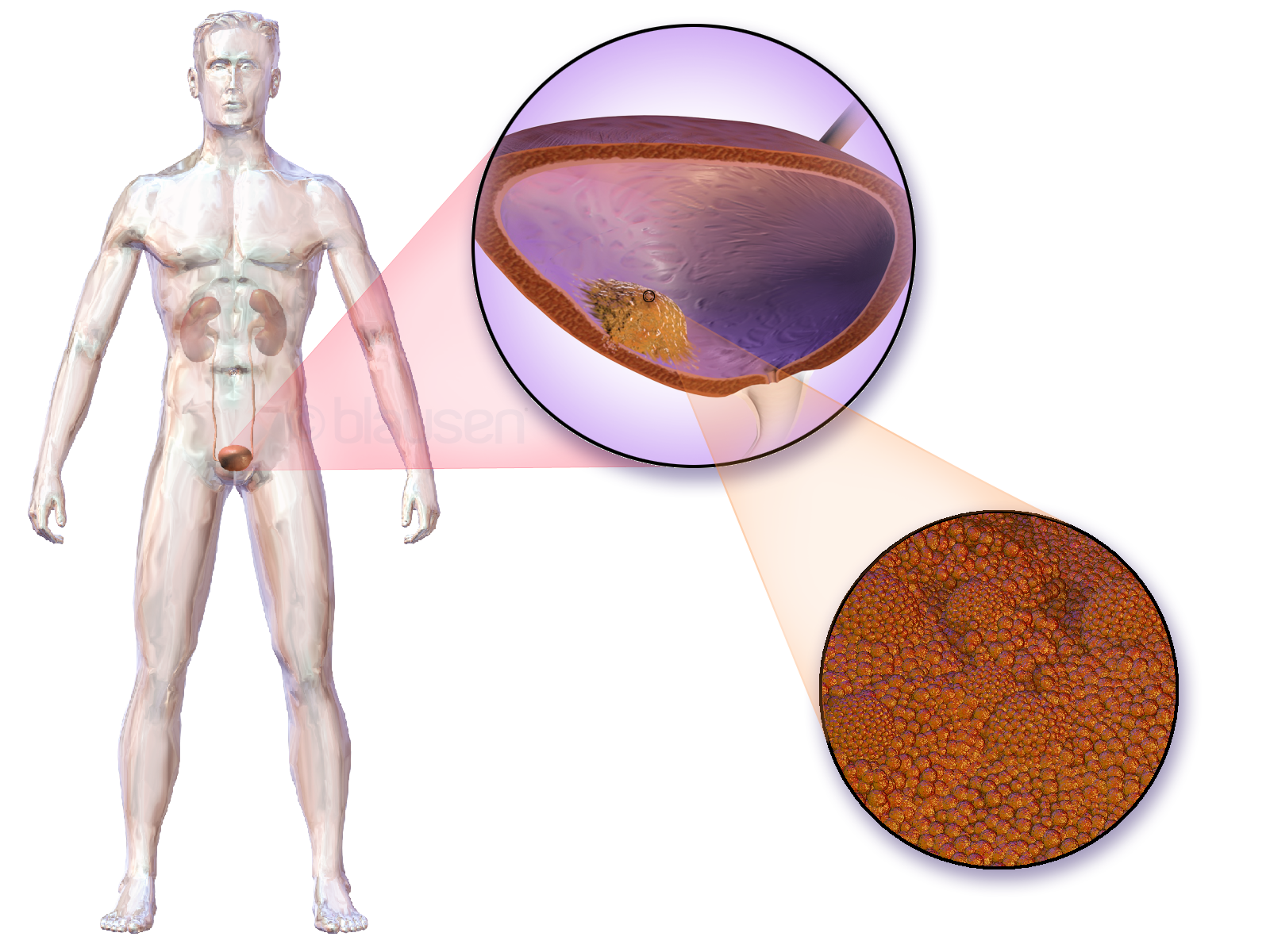|
2-Naphthylamine
2-Naphthylamine or 2-aminonaphthalene is one of two isomeric aminonaphthalenes, compounds with the formula C10H7NH2. It is a colorless solid, but samples take on a reddish color in air because of oxidation. It was formerly used to make azo dyes, but it is a known carcinogen and has largely been replaced by less toxic compounds.Gerald Booth "Naphthalene Derivatives" in Ullmann's Encyclopedia of Industrial Chemistry, 2005, Wiley-VCH, Weinheim. . Preparation 2-Naphthylamine is prepared by heating 2-naphthol with ammonium zinc chloride to 200-210 °C, the Bucherer reaction. Its acetyl derivative can be obtained by heating 2-naphthol with ammonium acetate to 270-280 °C. Reactions It gives no color with iron(III) chloride. When reduced by sodium in boiling amyl alcohol solution, it forms tetrahydro-3-naphthylamine, which exhibits the properties of the aliphatic amines in that it is strongly alkaline in reaction, has an ammoniacal odor and cannot be diazotized. On oxidation, ... [...More Info...] [...Related Items...] OR: [Wikipedia] [Google] [Baidu] |
Naphthylamines
Naphthylamine or aminonaphthalene can refer to either of two isomeric chemical compounds: * 1-Naphthylamine (1-aminonaphthalene) * 2-Naphthylamine (2-aminonaphthalene) {{Short pages monitor ... [...More Info...] [...Related Items...] OR: [Wikipedia] [Google] [Baidu] |
IARC Group 1 Carcinogens
IARC group 1 Carcinogens are substances, chemical mixtures, and exposure circumstances which have been classified as carcinogenic to humans by the International Agency for Research on Cancer (IARC). This category is used when there is sufficient evidence of carcinogenicity in humans. Exceptionally, an agent ( chemical mixture) may be placed in this category when evidence of carcinogenicity in humans is less than sufficient, but when there is sufficient evidence of carcinogenicity in experimental animals and strong evidence in exposed humans that the agent (mixture) acts through a relevant mechanism of carcinogenicity. This list focuses on the hazard linked to the agents. This means that while carcinogens are capable of causing cancer, it does not take their risk into account, which is the probability of causing a cancer, given the level of exposure to this carcinogen. The list is up to date as of January 2024. Agents Infectious conditions Viruses *Human immunodeficiency viru ... [...More Info...] [...Related Items...] OR: [Wikipedia] [Google] [Baidu] |
1-Naphthylamine
1-Naphthylamine is an aromatic amine derived from naphthalene. It can cause bladder cancer (transitional cell carcinoma). It crystallizes in colorless needles which melt at 50 °C. It possesses a disagreeable odor, sublimes readily, and turns brown on exposure to air. It is the precursor to a variety of dyes.. Preparation and reactions It can be prepared by reducing 1-nitronaphthalene with iron and hydrochloric acid followed by steam distillation. Oxidizing agents, such as ferric chloride, give a blue precipitate with solutions of its salts. Chromic acid converts it into 1,4-naphthoquinone. Sodium in boiling amyl alcohol reduces the unsubstituted ring, giving tetrahydro-1-naphthylamine. This tetrahydro compound yields adipic acid when oxidized by potassium permanganate. At 200 °C in sulfuric acid, it converts to 1-naphthol. Use in dyes The sulfonic acid derivatives of 1-naphthylamine are used for the preparation of azo dye. These compounds possess the important p ... [...More Info...] [...Related Items...] OR: [Wikipedia] [Google] [Baidu] |
Ammonia
Ammonia is an inorganic chemical compound of nitrogen and hydrogen with the chemical formula, formula . A Binary compounds of hydrogen, stable binary hydride and the simplest pnictogen hydride, ammonia is a colourless gas with a distinctive pungent smell. It is widely used in fertilizers, refrigerants, explosives, cleaning agents, and is a precursor for numeous chemicals. Biologically, it is a common nitrogenous waste, and it contributes significantly to the nutritional needs of terrestrial organisms by serving as a precursor to fertilisers. Around 70% of ammonia produced industrially is used to make fertilisers in various forms and composition, such as urea and diammonium phosphate. Ammonia in pure form is also applied directly into the soil. Ammonia, either directly or indirectly, is also a building block for the synthesis of many chemicals. In many countries, it is classified as an List of extremely hazardous substances, extremely hazardous substance. Ammonia is toxic, cau ... [...More Info...] [...Related Items...] OR: [Wikipedia] [Google] [Baidu] |
1,8-Bis(dimethylamino)naphthalene
1,8-Bis(dimethylamino)naphthalene is an organic compound with the formula CH(NMe) (Me = methyl). It is classified as a peri-naphthalene, i.e. a 1,8-disubstituted derivative of naphthalene. Owing to its unusual structure, it exhibits exceptional basicity. It is often referred by the trade name Proton Sponge, a trademark of Sigma-Aldrich. Structure and properties This compound is a diamine in which the two dimethylamino groups are attached on the same side ( peri position) of a naphthalene ring. This molecule has several very interesting properties; one is its very high basicity; another is its spectroscopic properties. With a p''K'' of 12.34 for its conjugate acid in aqueous solution, 1,8-bis(dimethylamino)naphthalene is one of the strongest organic bases. However, it only absorbs protons slowly—hence the trade name. The high basicity is attributed to the relief of strain upon protonation and/or the strong interaction between the nitrogen lone pairs. Additionally, although many ... [...More Info...] [...Related Items...] OR: [Wikipedia] [Google] [Baidu] |
Naphthol
Naphthol may refer to: * 1-Naphthol 1-Naphthol, or α-naphthol, is an organic compound with the formula . It is a fluorescent white solid. 1-Naphthol differs from its isomer 2-naphthol by the location of the hydroxyl group on the naphthalene ring. The naphthols are naphthalene ... * 2-Naphthol {{Short pages monitor ... [...More Info...] [...Related Items...] OR: [Wikipedia] [Google] [Baidu] |
Naphthalene
Naphthalene is an organic compound with formula . It is the simplest polycyclic aromatic hydrocarbon, and is a white Crystal, crystalline solid with a characteristic odor that is detectable at concentrations as low as 0.08 Parts-per notation, ppm by mass. As an Aromaticity, aromatic hydrocarbon, naphthalene's structure consists of a fused pair of benzene rings. It is the main ingredient of traditional mothballs. History In the early 1820s, two separate reports described a white solid with a pungent odor derived from the distillation of coal tar. In 1821, John Kidd (chemist), John Kidd cited these two disclosures and then described many of this substance's properties and the means of its production. He proposed the name ''naphthaline'', as it had been derived from a kind of naphtha (a broad term encompassing any volatile, flammable liquid hydrocarbon mixture, including coal tar). Naphthalene's chemical formula was determined by Michael Faraday in 1826. The structure of two f ... [...More Info...] [...Related Items...] OR: [Wikipedia] [Google] [Baidu] |
Glucuronidase
Glucuronidase may refer to several enzyme An enzyme () is a protein that acts as a biological catalyst by accelerating chemical reactions. The molecules upon which enzymes may act are called substrate (chemistry), substrates, and the enzyme converts the substrates into different mol ...s: * Alpha-glucuronidase * Beta-glucuronidase * Glycyrrhizinate beta-glucuronidase * Glucuronosyl-disulfoglucosamine glucuronidase {{Short pages monitor ... [...More Info...] [...Related Items...] OR: [Wikipedia] [Google] [Baidu] |
Glucuronic Acid
Glucuronic acid (GCA, from ) is a uronic acid that was first isolated from urine (hence the name "uronic acid"). It is found in many natural gum, gums such as gum arabic ( 18%), xanthan, and kombucha tea and is important for the metabolism of microorganisms, plants and animals. Properties Glucuronic acid is a sugar acid derived from glucose, with its sixth carbon atom oxidized to a carboxylic acid. In living beings, this primary oxidation occurs with Uridine diphosphate glucose, UDP-α-D-glucose (UDPG), not with the free sugar. Glucuronic acid, like its precursor glucose, can exist as a linear (carboxo-)aldohexose ( 60,000 are too large for renal excretion and will be excreted with bile into the intestine. Neonates are deficient in this conjugating system, making them particularly vulnerable to drugs such as chloramphenicol, which is inactivated by the addition of glucuronic acid, resulting in gray baby syndrome. Bilirubin is excreted in the bile as bilirubin diglucuronid ... [...More Info...] [...Related Items...] OR: [Wikipedia] [Google] [Baidu] |
Bladder Cancer
Bladder cancer is the abnormal growth of cells in the bladder. These cells can grow to form a tumor, which eventually spreads, damaging the bladder and other organs. Most people with bladder cancer are diagnosed after noticing blood in their urine. Those suspected of having bladder cancer typically have their bladder inspected by a thin medical camera, a procedure called cystoscopy. Suspected tumors are removed and examined to determine if they are cancerous. Based on how far the tumor has spread, the cancer case is assigned a stage 0 to 4; a higher stage indicates a more widespread and dangerous disease. Those whose bladder tumors have not spread outside the bladder have the best prognoses. These tumors are typically surgically removed, and the person is treated with chemotherapy or one of several immune-stimulating therapies. Those whose tumors continue to grow, or whose tumors have penetrated the bladder muscle, often have their bladder surgically removed ( radical cy ... [...More Info...] [...Related Items...] OR: [Wikipedia] [Google] [Baidu] |
Cigarette
A cigarette is a narrow cylinder containing a combustible material, typically tobacco, that is rolled into Rolling paper, thin paper for smoking. The cigarette is ignited at one end, causing it to smolder; the resulting smoke is orally inhaled via the opposite end. Cigarette smoking is the most common method of tobacco consumption. The term ''cigarette'', as commonly used, refers to a tobacco cigarette, but the word is sometimes used to refer to other substances, such as a joint (cannabis), cannabis cigarette or a herbal cigarette. A cigarette is distinguished from a cigar by its usually smaller size, use of processed leaf, different smoking method, and paper wrapping, which is typically white. There are significant negative health effects from smoking cigarettes such as cancer, chronic obstructive pulmonary disease (COPD), cardiovascular disease, heart disease, birth defects, and other Health effects of tobacco, health problems relating to nearly every organ of the body. Most ... [...More Info...] [...Related Items...] OR: [Wikipedia] [Google] [Baidu] |
Naphthol
Naphthol may refer to: * 1-Naphthol 1-Naphthol, or α-naphthol, is an organic compound with the formula . It is a fluorescent white solid. 1-Naphthol differs from its isomer 2-naphthol by the location of the hydroxyl group on the naphthalene ring. The naphthols are naphthalene ... * 2-Naphthol {{Short pages monitor ... [...More Info...] [...Related Items...] OR: [Wikipedia] [Google] [Baidu] |


